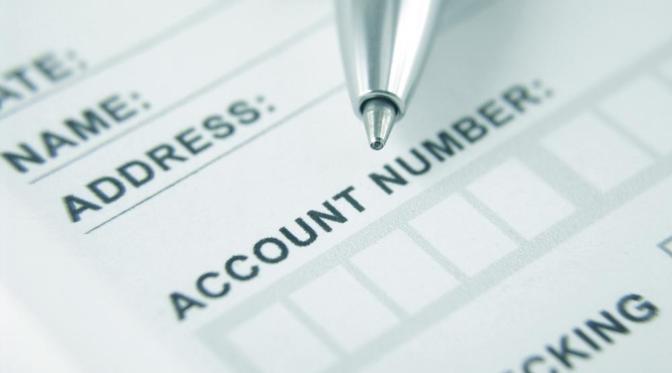Many of my clients ask me this question. I also had thoughts like this before I embraced the idea of how the account works. There are support projects we get where the client has avoided it all together making reconciliation more difficult.
Let’s break it down.
What the heck is it?
Think of it as a drawer. You get a check in the mail, you write out the deposit slip, you post the payment and you “stick it in the drawer”. You haven’t gone to the bank yet. The next day you get another check and you add it to the manual deposit slip. Now you have two checks on that slip and you are ready to go to the bank. You come back with your deposit receipt and the money is in the bank.
In the world of QuickBooks, you would post the payment. Then the next day you would post the second payment. Finally you would click Banking and make deposits, selecting both payments and deposit them into the appropriate account.
Why go through all those steps? Well the main reason is because when you reconcile your checking account you want the right hand column to show the deposits, correctly, grouped together by the correct date. If you don’t do it this way you end up making your bank reconciliation take much more time as you are manually grouping these checks together, not the way QuickBooks was intended to work.
Make sure you have the settings correct: Under preferences, payments, and company preferences, make sure you have selected to “Use Undeposited Funds as a default deposit to account.”
Proper workflow for deposits:
- Click Customers
- Receive payments
- Enter check information
- Select invoice to be paid
- Save and new, continue for next check repeating steps 1-5
- Click Banking
- Make Deposits
- Select the Deposits that are grouped together
- Enter proper date, and bank account
- Save and close
Review the preferences you have selected all the default bank accounts to be used.
Under Preferences, select Checking. Under Employee preferences, select all the default accounts you will be using. Under Company preferences you can select the universal account to be used for payroll.
Even though Undeposited funds might seem annoying at first, once you grasp how it’s designed to help you in your daily workflow and more importantly speed up your bank reconciliation you will find it to be a help rather than a hinderance.
We also recommend that you keep an eye on undeposited funds and all your open payments have been posted at the end of a period so that the account is zero. Never force it to zero, let it work like it’s designed to.
If you need assistance with QuickBooks workflows complete our needs analysis form and our team will contact you or you can schedule a time to speak with us.

